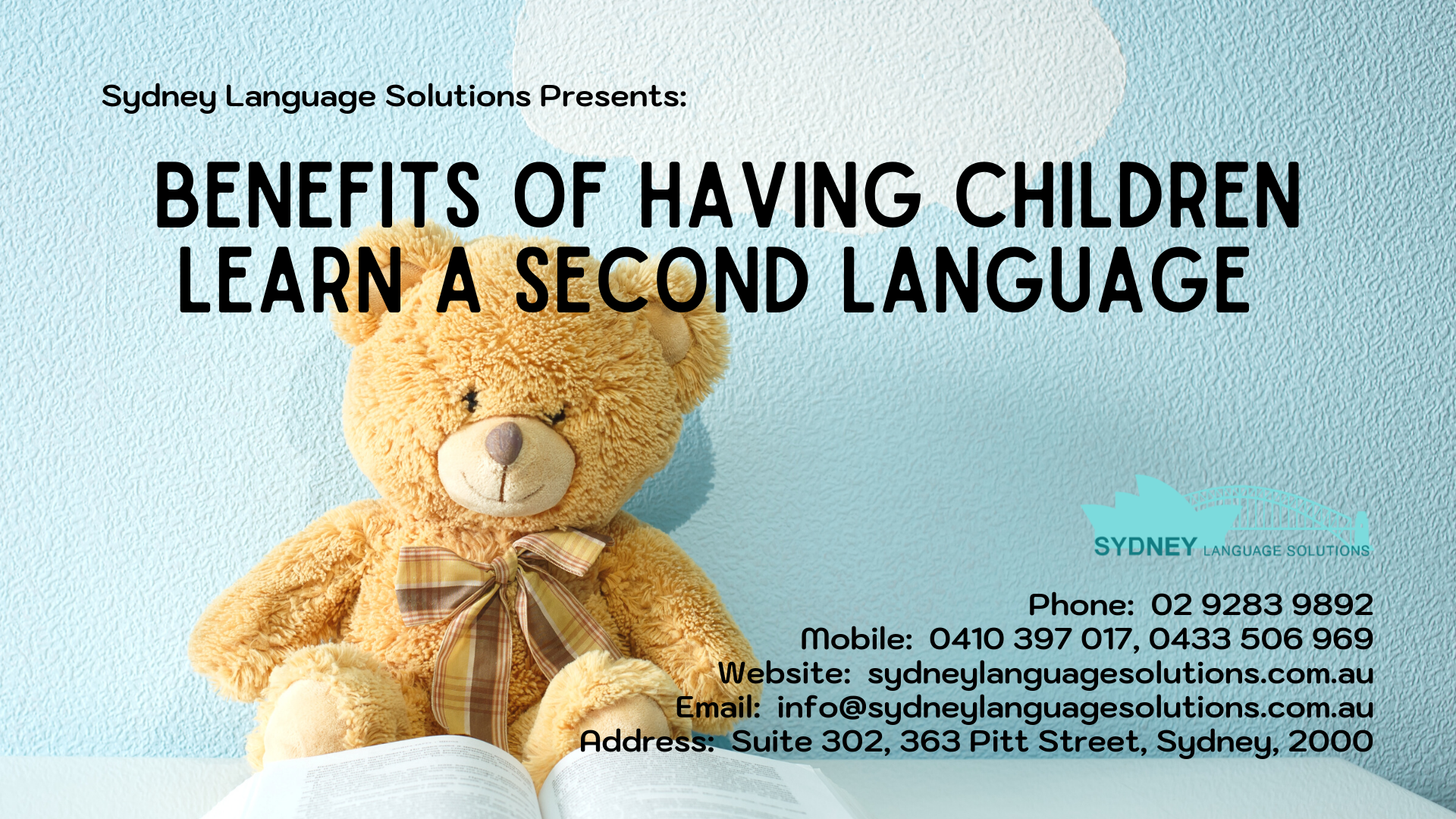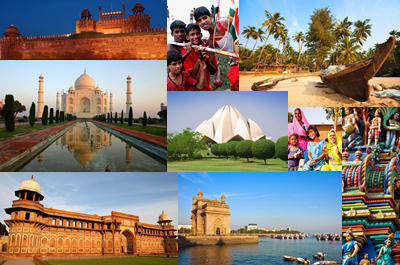Ways on How You Can Help Your Children Learn New Languages Faster
How you can help your child learn new languages faster:
- Make language learning a daily habit. Research shows that your child only needs 15 minutes a day to make progress while learning a new language. Some ways in which you can instill this habit in them is by making them listen to podcasts or watch a movie in a foreign language.
- Learn cognates. Languages like Spanish have a lot of words that we commonly use while speaking English. Learning these words will help your child transition better into the new language.
- Use flashcards and spaced repetition. Flashcards are proven to be the most effective way to memorize new languages. Flashcards use a concept called spaced repetition that basically prioritizes things your child does not know and helps them prioritize and work on their weak areas.
- Use a notebook and take it everywhere. Ask your kids to write down all the relevant vocabulary that you come across whenever your child is exposed to a new language.
- Speak the language from day one. There are 3 ways to achieve this. You can enrol your child in group learning in a good language school. This is great from a social perspective as your child will be studying with kids their own age and they can collaborate and work together on their skills.
This is where we can help you!
At Sydney Language Solutions we offer the best prices and deals for an atmosphere of fun and engagement in which your children can develop their language skills and aim towards a brighter future.
Advantages of Bilingual and Multilingual Children
INTERESTING FACTS ABOUT BILINGUAL/MULTILINGUAL CHILDREN:
– Better academic results: research has shown that bilingual/multilingual children can often concentrate better, have better problem-solving skills, understand language structure better and are better at multitasking.
– More diverse and interesting career opportunities later in life: employees speaking two or more languages can form better connections/relations with clients and other business partners. Therefore, multilingual candidates are preferred by employers.
– Children who speak more than one language have a better sense of self-worth, identity and belonging.
– Bilingual/multilingual children are said to be more educated since they can indulge in reading books written in various languages, enjoy movies and music in different languages.
– Children who learn foreign languages appreciate other cultures more and feel a sense of affinity while communicating with people from other countries.
BENEFITS OF LEARNING A FOREIGN LANGUAGE FOR CAREER GROWTH:
Learning starts at a very young age and learning new languages as a kid not only has a positive impact on your child’s personal growth, but it also gives them an edge in the professional world when they grow up.
Here are some advantages of learning foreign languages as a kid:
- Your kid will automatically become more attractive than other candidates when it comes to Global companies. In this dynamic world of globalization, employers are seeking candidates that are multilingual. International companies are trying t0 widen their reach across the globe and hire employees that can blend in with other cultures and fill in the communication gaps between the company and its clients.
- Career growth opportunities: being fluent in foreign languages doesn’t always mean your kid will have to go abroad. Many small local businesses prefer multilingual candidates who can help them explore new business opportunities and bring in more clients from other countries.
- Higher salaries: research shows that multilingual employees earn at least 10%-15% more than monolingual employees.
- Relationship building: having the ability to speak and understand different languages will allow your child to relate to various cultural groups at a personal level. Having a good relationship with colleagues is essential in a professional environment.
- Increased job opportunities: being fluent in foreign languages can be extremely beneficial for an individual’s professional growth. Many companies now require only employees who are bilingual or multilingual.
Benefits of Having Children Learn a Second Language
Why must children learn a new language from a young age?
- Experts say that children have more time and ability to pick up a new language faster than adults and develop a native-like pronunciation.
- Learning a new language also boosts a child’s creativity, problem-solving, critical thinking, and listening skills.
- In the long run, a second language will also be advantageous for them in the workplace where being multilingual gives one a competitive edge over others.
What makes our program different from other community language schools?
At some community language schools, the programs are designed to be beneficial if only both parents speak that particular native language at home for the children to have a chance to hear and practice the language. While this is advantageous for some children, others with only one parent who speaks language cannot have the chance to hear from their parents’ interaction. In fact, there are numerous households in Sydney with only one bilingual parent. In such circumstances, going to a language class with a structured program will help the students.
At Sydney Language Solutions, we offer language courses for children from all backgrounds, regardless of the number of parents who speak that language at home. These courses are also tailored for children whose parents are second-generation language speakers in Australia, or those parents who do not have enough background knowledge in speaking, reading, and writing their language to teach their children at home.
The ‘Saaree’ Clad Eve and the ‘Kurta’ Donned Adam
Have you ever considered dressing up in traditional Indian attire? The ‘Saaree’ is really only a very long rectangular piece of cloth tightly wrapped around the femme-fatale to enhance the curves. The technique of wearing it though tricky is achievable with considerable practice. It is elegant, chic and charismatic. The kurta-pyjama is a knee long shirt with flair pants for the handsome hunk. Whether you don it below the six pack or a flab, it makes you look equally irresistible. Lehenga-choli is a blouse and ankle long skirt. Team it up with a bindi – the forehead sticker, some colourful bangles and an anklet and you will epitomize the Indian beauty. And where will you easily get all this in Sydney. You will not have to go too far. Liverpool is the hub of Indian fad and fashion. Lined up with shops, it will provide you with everything Indian that you will ever want to wear to impress your beau the Bollywood style. From Salwar-Kameez to Sarees, Kurta-Pyjamas to Dhotis, beautifully hand embroidered shawls to embellished stoles or dupattas, you name it and they have it. There are even these not too expensive tailors, who will custom design your Indian wear or even fit you with ‘wear-in-seconds-saaree’ that would normally take an expert a good sweat and a good ten minutes!
The Grandiloquent Taj
Part of the World Heritage List, The Taj Mahal is considered one of the most magnificent buildings ever conceptualized. The exquisite marble beauty in Agra, India, might be a mausoleum, but all you will be haunted by is the intense love of a husband for his beloved wife. Undoubtedly, it also a legendary evidence of the artistic brilliance and scientific splendour of a prosperous regime. Some three million people visit the Taj every year. Agra is easily commutable by bus, train, and air. Access to the structure is on foot purposefully to save the building from the city’s growing pollution. The Taj is a round-the-clock attraction and always buzzing with tourists, though a new ticketing system has been somewhat successful to distribute the onslaught of visitors evenly. Visitors wanting to enjoy the splendour in serenity could try coming in early or late in the day. The Taj is closed on Fridays. A good part of any visit to the Taj must be lavished on the exterior; however the breath-taking inlay work of the interiors cannot be missed. The mausoleum’s dazzling white marble shifts colour to reflect the pensiveness of the outside world—an enthralling transformation that must be witnessed in different conditions, such as in the crimson of twilight or pristine white of the full moon.
Reading Hindi is Easier than ABC
In Hindi, what I read is the same as what you will! Cannot put your head around it? Try reading this – “PHONETIC”- and I bet nine out of ten times, what you will read it as will be very different from the next person! Why? Written English does not incorporate phonetic rules in it, i.e. there are no special symbols for sounds. Hindi, on the other hand incorporates the sound system in its written script. So if you know the vowels and alphabets, you can pretty much read eighty five percent of the Hindi Script. Don’t Believe me? Try this out:
The symbol आ pronounced as ‘aa’ of bAr and the symbol प pronounced as ‘p’ of Put combined together is read as आप = AAP which means ‘you’ and will always be read like AAP! The symbol ह pronounced as ‘hǝ’ of Hut and the symbol म pronounced as ‘mǝ’ of Map combined together is read as हम = HUM which means ‘us’ and will always be read like HUM! You have already mastered two words with the blink of an eye. Join us for more and you will vouch that it is easier than ABC!
Our Love for Cricket!
Cricket is the most popular, participated, performed and played sport in India; it is played by many people from almost all corners, in open spaces throughout the land of India. From winning the World Cup in 1983 to the 2007 ICC World Twenty20, or the 2011 Cricket World Cup, it is blindly fan-followed to the extent of worship by young and old, extremely wealthy to the poverty stricken, man, woman and child . There may be plethora of religions in this largest democracy and secular nation, but it is said that the sport of cricket unifies Indians much passionately than any faith, following or religion can ever attain. Although, surprisingly still, Hockey is the national game, it is cricket that shouts numbers in terms of fan following. With zillions of passionate worshippers of the sport, cricket is truly the ‘religion’ of this populous sub continent.
The ‘Men in Blue’ of team India are arduously followed by the fanatic cricket fans and their fan following equals the popularity of any bollywood famed hero or heroine. From a school goer to a retired citizen, the passion of this sport has entertained, enamoured and enthused every Indian. This cricket crazy nation plan their routine, their holidays and their leaves after taking into consideration the touring schedule of Team India. No matter which part of India, one can find a bunch of amateurs playing cricket in narrow alleys, crammed backyards and even the most populated road sides dreaming of becoming the next cricketing sensation. Cricket, undoubtedly, is the fastest way of winning over an Indian!
Indian Music
The music of India transcends various genres from pop to folk to classical. Carnatic and Hindustani music are other forms that have a long standing history spanning a millennia. Some other popular forms are Film music, Indi-pop music, Indian Hip-hop, Indian rock etc. In India, however, music is most commonly perceived as that of Bollywood music. Popular Indian cinema, Hindi, or any other regional language, is mostly characterized in the West as “musicals” because each one is brimming with songs and dances. Ghazals, poetic compositions, an ode to loss, memory, and remembrance of love are chart toppers as well. Qawaalis, also love based stanzas, though devotion of man and woman for the Divine, have also heightened in their popularity and fame. In, recent years, Qawwali singers have established a world-wide reputation because of their mystical and enchanting rendition. Historically, between the 2nd century BC and the 5th century AD, a Treatise on the Dramatic Arts, was created by Bharata and ever since has exercised an intrinsic influence on the progress of Indian music, dance, and the performing arts in general. The repertoire of music in India extends from soul stirring melodies, to what is one of the most advanced “systems” of classical music in the world.
Indian Cuisine in Sydney
Think of Indian cuisine and either your mouth waters as your mind conjures images of aromatic curries, naan bread, flavoursome spices or the gut wrenches as you painfully remember the oil drenched curries laden with red chilli! Well, I am no aficionado but can say with certainty that Indian food is one that can be easily customised for any palate and yet retain its rich flavour, aroma and texture.
My theory can be put to test on the streets of Sydney in a jiffy. If you are from the North of Sydney and like your Indian curries sweet – there a couple of good restaurateurs who cater to this in Crow’s Nest. If you are in the Hills and like your spices Norwest is a good place for the palate challenge. If Liverpool is the hub of authentic Indian, Homebush is the Mecca of the cuisine! And if you are up for a flavour burst – Harris Park is teaming with all kinds of Indian cuisine- North Indian, South Indian and even Indian-Chinese (believe me it’s an entire culinary experience that the Chinese are not aware of and the Indians swear by it)!
TRAVELLING to INDIA
Enigmatic! Mystical! Soul stirring! The array of emotions is overwhelming and so is the list of travel destinations in India. Taj Mahal in Agra; Khajauraho Temple of the Kama Sutra fame in Bundelkhand, Madhya Pradesh; Thar Desert in Rajasthan; Darjeeling Hill Station in West Bengal; Red Fort in Delhi; Ganges in Varanasi (Benaras), Uttar Pradesh; Elephanta Caves, 9 km away from Mumbai; stunning beaches like Palolem in Goa; Akshar Dham in Delhi; Kingdom of Dreams in Gurgaon, Delhi; Jog Falls in Sagara, Karnataka and not to mention the back waters of Kerala. The topography is diverse starting with the snow bathed Himalayas to sun drenched beaches, serene temples to boisterous bazaars, lantern-lit villages to software-savvy hubs.
While planning your trip the absolute tip is to be mindful of the weather. Clothing is best bought India. It is cheap and suits the climate and conditions. Shopping on the first day! All you should pre-purchase are bare minimums like sunscreen, a nice pair of walking shoes and a hat. Checking on the vaccination requirements with your GP will be detrimental. Food and water borne diseases are a threat. Purified or carbonated water is a good option! What about the culinary delights? All the frying, simmering, sizzling, kneading and flipping is certainly one hell of a mouth-watering ride. Wherever possible, make sure it is straight from the pan to your plate. Fresh and hot food will assure minimal chances of food contamination. So stack on to that cash/credit card/travellers’ cheques, get your visa stamped and get ready to be shaken, stirred and jolted.
One moment you will be inspired, just to turn around and be frustrated at the heavily disorganized-depending-on-God traffic, thrilled instantaneously at the whizz of the auto rickshaw, only to be confounded at the immense poverty stricken yet smiling faces. The spectrum of encounters for the traveller is mind boggling. Even experienced travellers find India a challenge at some point, yet this is all part of the India experience. Love it or loathe it – India will ignite your imagination and stir your soul anew.







Latest Comments